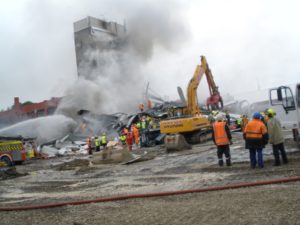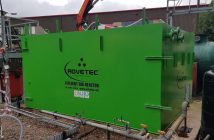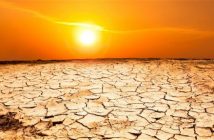Liquefaction dust from the September 2010 Canterbury earthquake was not responsible for a noticeable increase in Legionnaire’s disease, according to an Otago University study.
Legionellosis is a notifiable disease, which the Canterbury region has a higher rate of relative to the rest of New Zealand.
Samples were tested to see if Legionella bacteria were able to grow in the liquefaction-affected soil, but the bacteria were undetectable after just one day in the samples.
The researchers concluded liquefaction dust was not responsible for the increase in Legionnaire’s disease, given the bacteria were unable to survive in the soil.
Liquefaction-affected soil was culture tested for Legionella spp. in the six months following the first earthquake in 2010.
Thirty silt samples were collected randomly from locations within Christchurch’s metropolitan area that were affected by liquefaction.
The samples were tested to determine the presence of Legionella using qualitative and quantitative methods.
Liquefaction-affected soil samples from three sites were further subjected to particle size distribution analysis and determination of major oxides.
A controlled field study was established using six silt samples and one control (commercial compost), seeded with a wild-type strain of Legionella bozemanae serogroup (sg) 1 and persistence monitored over a 60-day period by culturing for the presence of Legionella.
Dry matter determinations were undertaken so that total Legionella could be calculated on a dry weight basis.
The tests showed that Legionella bacteria were undetectable after day 1 in the silt samples. However, L. bozemanae sg1 was detected in the control sample for the entire study period.
This study showed that the liquefaction-affected soil could not contribute directly to the observed increase in legionellosis cases after the earthquakes due to its inability to support growth and survival of the Legionella bacteria.




